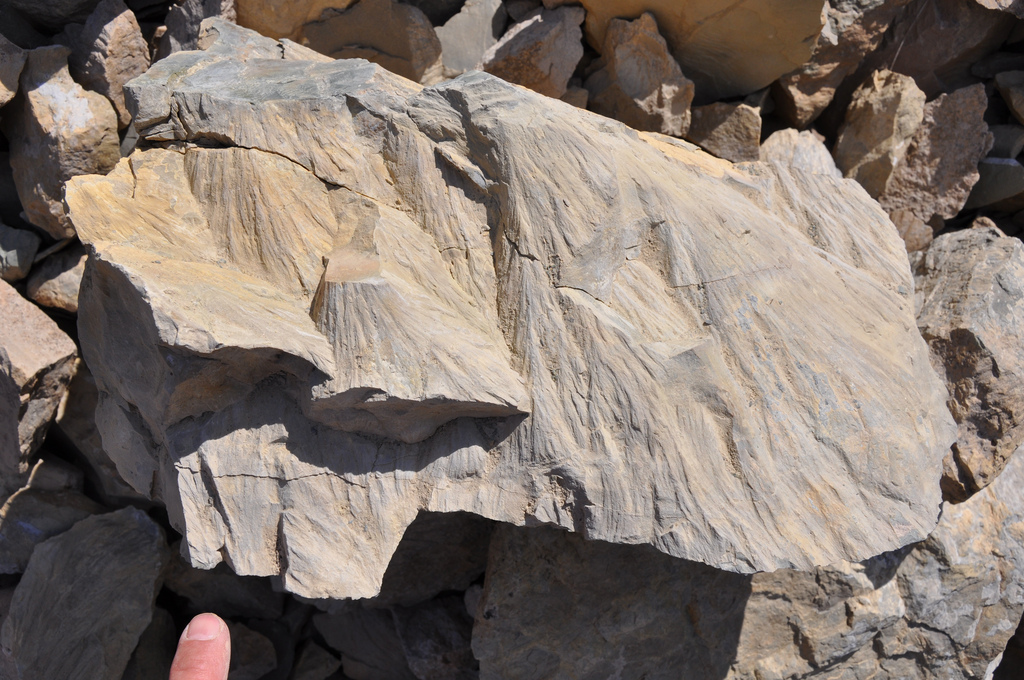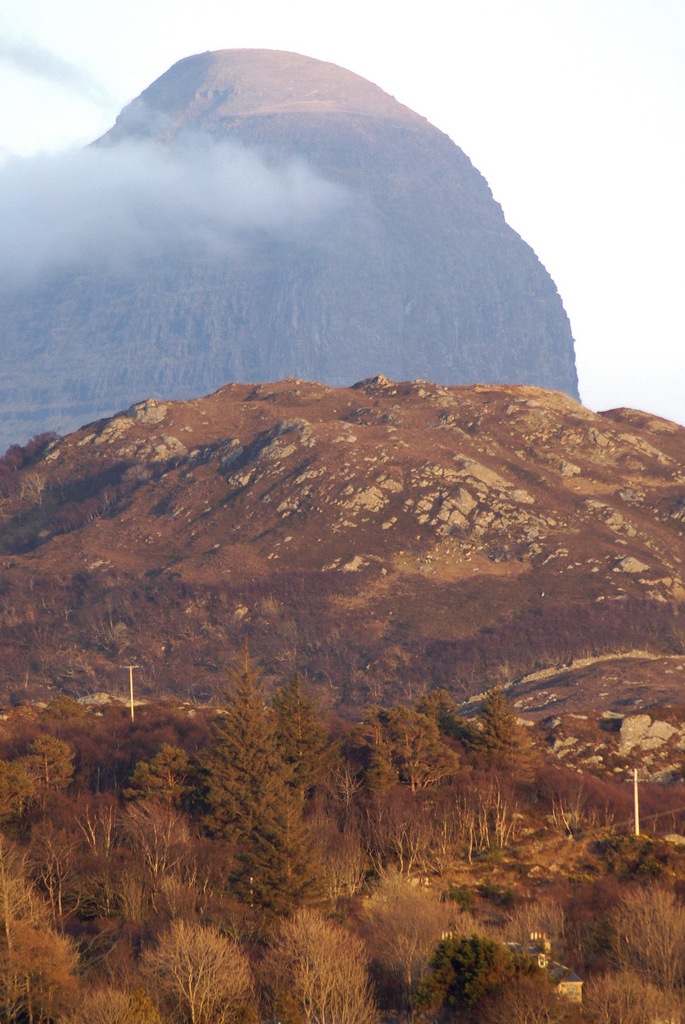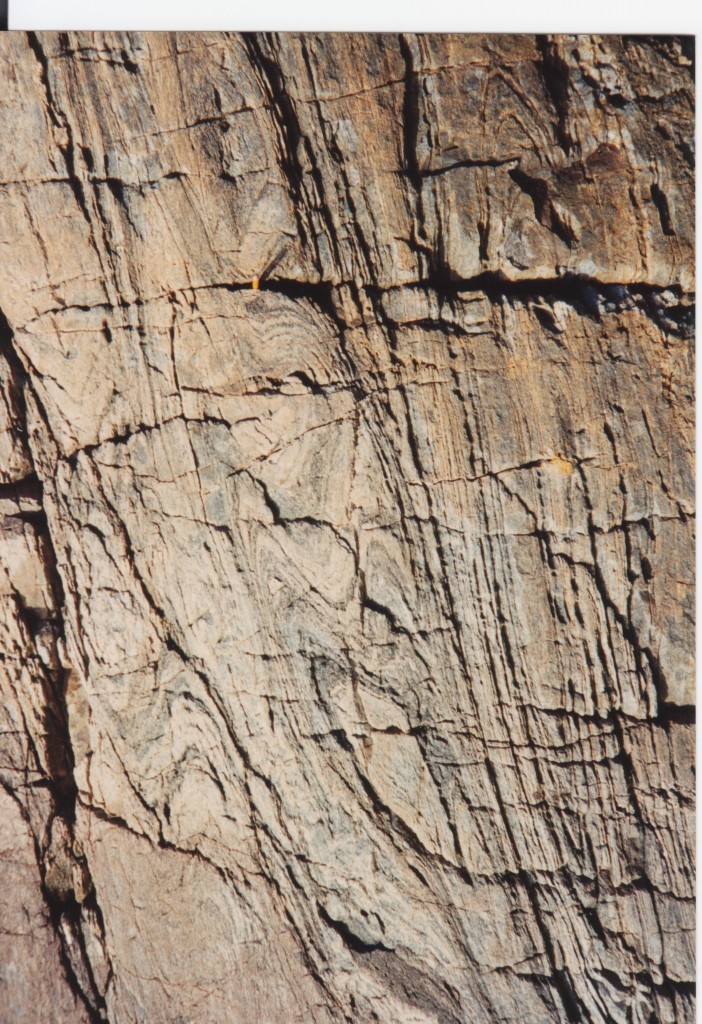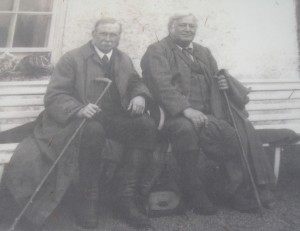Evelyn over at Georneys is hosting this months Accretionary Wedge. Where she asks us to:
Share a fun moment from geology field camp or a geology field trip. You can share a story, a picture, a song, a slogan, a page from your field notebook– anything you like!
When thinking through possible stories, a clear theme appeared. Drink – grog, booze, mother’s ruin, the sauce, a wee tincture, a cleansing pint, the devil’s own buttermilk. Call it what you will, it seems clear that a day in the field makes many geologists very thirsty indeed. It’s a way to relax after a day of physical and mental effort. A way to create social bonds. A pub provides a forum to talk, speculate, educate as a group.
Enough excuses, to the stories.
Guinness is not always good for you
The west of Ireland is one of the world’s best places to drink and has fantastic Geology. A traditional Irish pub like Hilary’s bar in Leenane, Connemara is a great place. A paradise where the Guinness is lined up on the bar for the full 5 minute settle. Where a smile and slight hand gesture are all that’s required for the barman to set up the next round. If you’re particularly lucky your pint will be brought to your table by a smiling 10 year old and there’ll be no strain on your tired legs. A word of advice – don’t buy a whiskey chaser with your Guinness. The ‘old fellas’ may do it, washing down the dregs of the porter with some cheap whiskey like Paddy, but they don’t have to walk up hills the next day or explain transpression to perplexed students.
It is possible to have too much of a good thing, even Guinness. I learnt this on a weekend trip to Donegal in NW Ireland in the company of some Ulster geologists. The rocks were fantastic- syntectonic granites, sub-solidus fabrics, glacially scoured outcrops as far as the eye could see. During the day I built up some field-work-credibility by not wearing my waterproof on the principle that the frequent showers were only short and the wind would dry me off in between. Being near the Atlantic coast, you could see the day’s showers laid out to the west and plan accordingly.
Of an evening the rounds of Guinness kept arriving. Even if I was nearly a pint behind another one would appear. Not to keep up would be a clear dereliction of duty, a breach of a pub’s unwritten rules. My usual strategy of switching to gin and tonic, while acceptable in Oxford, would here only invite scorn and derison. So I kept up, but it was a heavy weekend. By the end my soft Sassenach nature came through. My liver cleared the alcohol but the whatever-the-hell-makes-Guinness-black stuff must have remained lodged in my body. Higher level brain functions took several days to return, even after the drinking stopped. Until then I wandered my field area, looking blankly at outcrops and wondering what had happening to me.
Whisky on the rocks
Scotland is one of the best places to drink and has fantastic Geology. A note of advice to university administrators. If you put students in self-catering accommodation in Mull and then pay them an excessive daily subsistence rate, they will spend it on Tennants 80-shilling and bottles of whisky. A least we did. Today’s students may have to put it aside to offset their huge debts, I fear.
One memorable field trip was to Assynt, land of wonders. We were booked to stay in Achmelvich youth hostel, where the washing facilities consisted of one cold tap. In a field. When we arrived it turned out to be double-booked, so instead we had to stay in the Inchnadamph hotel, famous haunt of Peach and Horne. It was the start of the season (Easter) and the beds were still damp, but we didn’t care because there was a bar. Forget any memories of the film Trainspotting, Scotland has many good bars and they all have a shelf entirely full of whisky bottles, each one a different single malt. We hopped our way along it of an evening, wandering into the night, sniffing whisky and enjoying a rather good display of the Northern Lights that the hotel had kindly laid on for us.
Image from http://www.theputechan.co.uk/ so it’s probably Dalradian schist.








